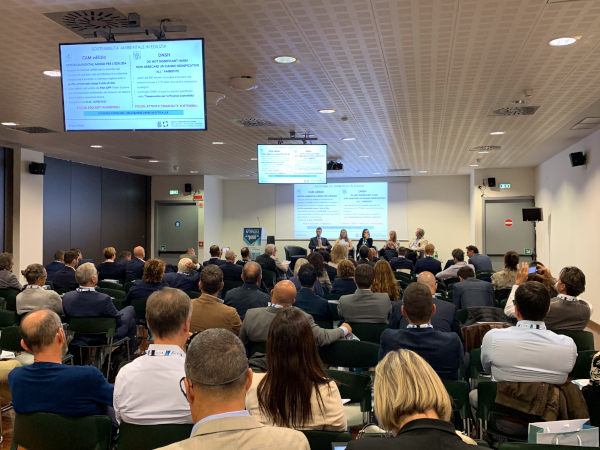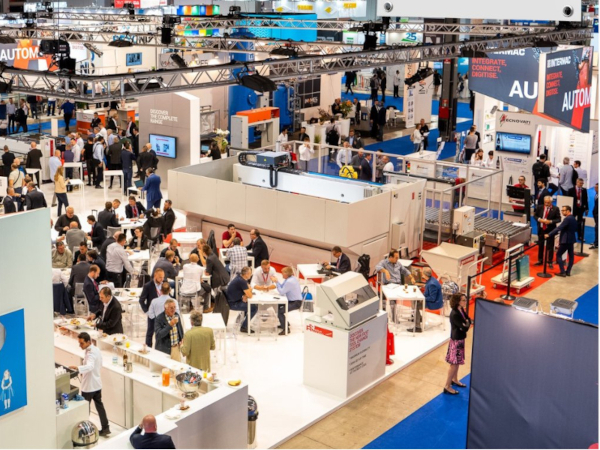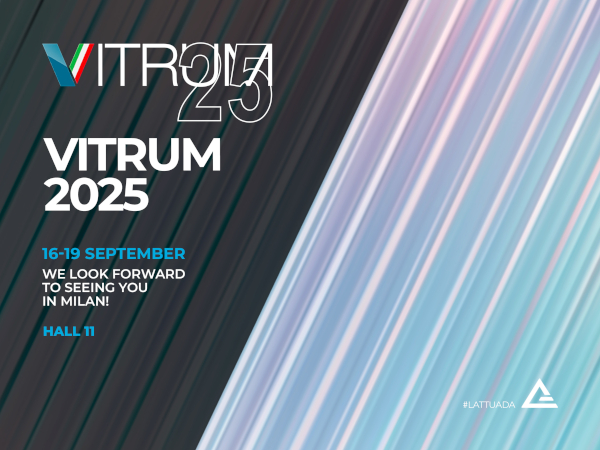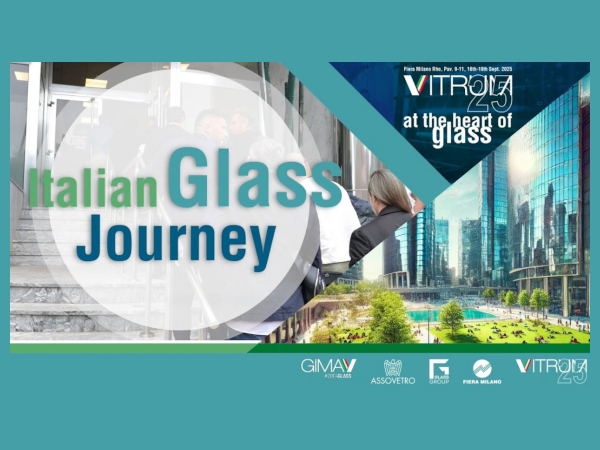Date: 6 April 2012
The positive trend that started to gather steam at the beginning of the year (when we were led to think the worst was over) gave way to a returning crisis, this time spawned in old Europe, but with the same identical financial DNA of the now-infamous crisis at the end of 2008. Despite the difficulties, the buoyancy displayed by our industry, through the many companies that participated, and representatives from around the world, bequeathed a widespread sensation of cautious optimism that has continued with us into the first few months of 2012..jpg)
Università Bicocca Milano
It’s as if we all grew up, matured, became aware that things do not always turn out in the best possible way, but that consequently, they can’t go to pieces forever. The world keeps turning, and by the end of this year we will realize that the world of glass, like all the other manufacturing sectors that contribute to the global GDP, will have achieved a new growth objective and will have traveled a crucial part of the road toward technological development. The crisis hits, the best energies are unleashed and, as the proverb says: necessity is the mother of invention..jpg)
The companies that manufacture and process glass can count on machines that are consistently more efficient and automated, on accessories and glass processing products that are more and more cutting-edge, and more sustainable, because the market demands it. New wonders are waiting to come to light; others are already in process and will soon become the star players of coming years. Like the most recent discovery, or better yet, invention, that a group of researchers at the Bicocca University in Milan developed -- it’s called "superglass"; that is, glass that emits ultraviolet light when it is crossed by an electric current. Of course, this new material, that could have some amazing applications (for example: from room temperature controls, to bio-medicine), is not the result of a single moment of genius, but was able to be invented thanks to the gargantuan leaps forward in nanotechnology (introduced fifty years ago) which, in the last fifteen years, has achieved (with the help of substantial and growing funding), extremely significant results in the manipulation of matter at the atomic and molecular levels. Superglass is one of those ‘ideas’ that grew out of the collaboration of Italian researchers and those from the Massachusetts Institute of Technology. Yes, because the international exchange and sharing of experiences and technological skills is one of the essentials for progress. This is exactly what we have in mind already, as we work on preparations for Vitrum 2013. We don’t know how yet, but the next edition of the show will undoubtedly present the reality of a world in constant change, very different from the one we left behind us last year.







Add new comment